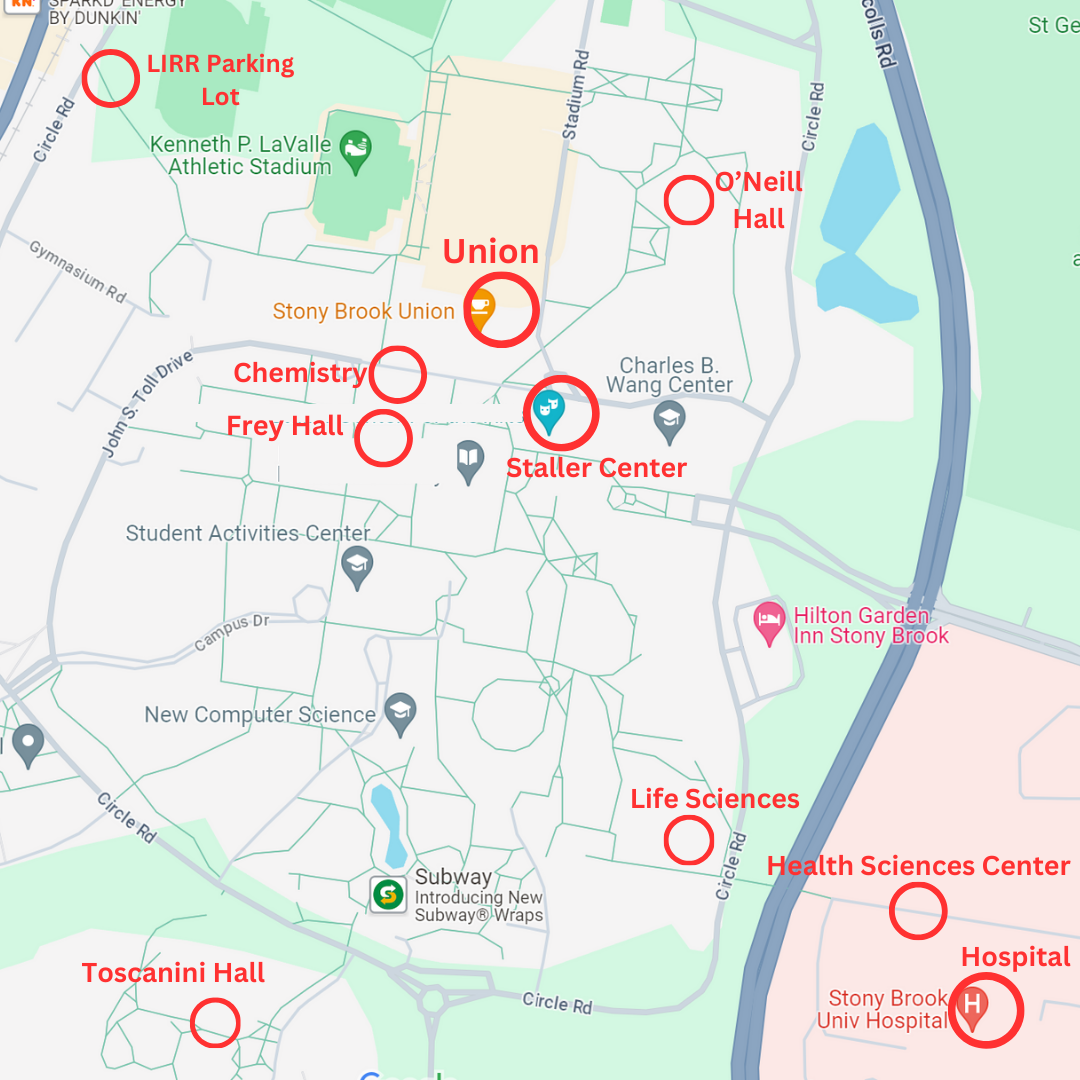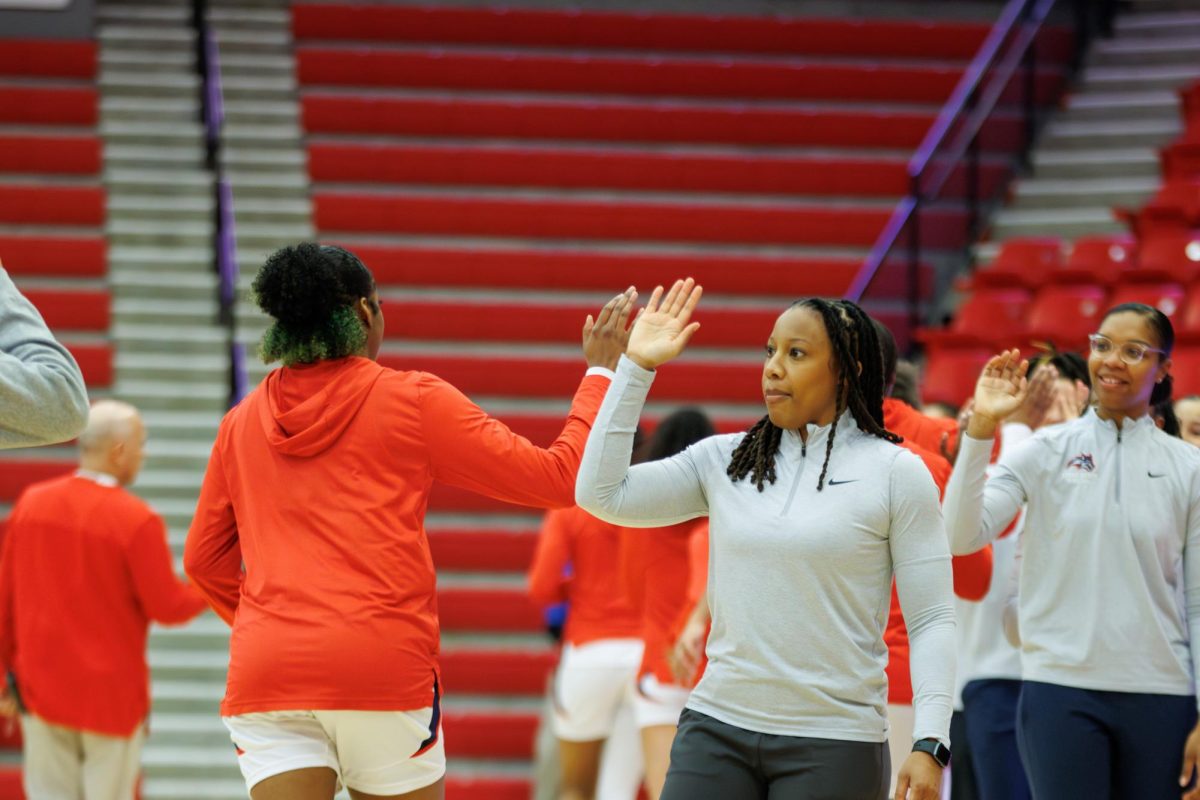
Stony Brook has created a new Wi-Fi network designed specifically for gamers. WolfieNet-IoT, which was released at the start of the semester, has officially replaced the old WolfieNet-Open network.
As explained on the Division of Information Technology website, the new network was installed specifically to help students who could not authorize their devices with the school’s regular Wi-Fi network, WolfieNet-Secure, because they could not authenticate using WPA2 Enterprise, a common security protocol program.
“Even though wireless access authentication using NetID is the accepted standard for providing secure access to Wi-Fi, DoIT recognizes that there is still a need to provide wireless access to devices that do not support NetID authentication in residential areas,” Manager of Network Services, Kenneth Myung, wrote in an email.
Students must register their devices beforehand in order to connect to IoT. Attempting to connect to WolfieNet-IoT brings up a web browser, where students can then fill out a device registration form. However, they are not allowed to use the network for their mobile devices. WolfieNet-IoT is designed specifically for game consoles and devices that cannot authenticate using the WPA2 Enterprise protocol.
“This allows us to comply with copyright regulations and reasonable security standards, while still providing the service that a subset of our residents make use of,” Myung said via email. “This change is in the best interest of our customers and the University as a whole. It reduces risk without sacrificing functionality.”
Some gamers on campus said they were unaware of this new network.
“I haven’t used [IoT]. I’ve only used WolfieNet-Secure,” senior coastal environmental studies major and member of the Stony Brook League of Legends club, Brian Belilovsky, said. “I’m not exactly sure what’s different about it or what it’s tailored towards.”
Senior computer science major, David Shank, said he used IoT to set up his new Amazon Fire TV Stick.
“I’m not having any problems with it,” he said. Despite this, Shank said he preferred using WolfieNet-Secure for gaming. “That was easier to set up,” he said. “All you had to do was use your NetID and password. Setting up IoT is a process.”
Once the device registration form is filled out, students are registered but not connected. Connection requires turning off Wi-Fi for five minutes, or switching to a different connection for the same amount of time, before WolfieNet-IoT is ready to be used.
Anna Rooks, a junior computer science major and member of the SBU Gamers Guild, agreed the IoT set up process was troublesome.
“It took a few minutes for the device to register,” she said, though she ultimately thought the network was “useful for devices that can’t connect with a password.”
In her free time, Rooks enjoys playing cooperative games, a form of competitive gaming that involves teamwork. She doesn’t have a preference for the new IoT network or the old WolfieNet-Open.
“I could go either way,” she said. “They don’t seem to have a great difference.”






















